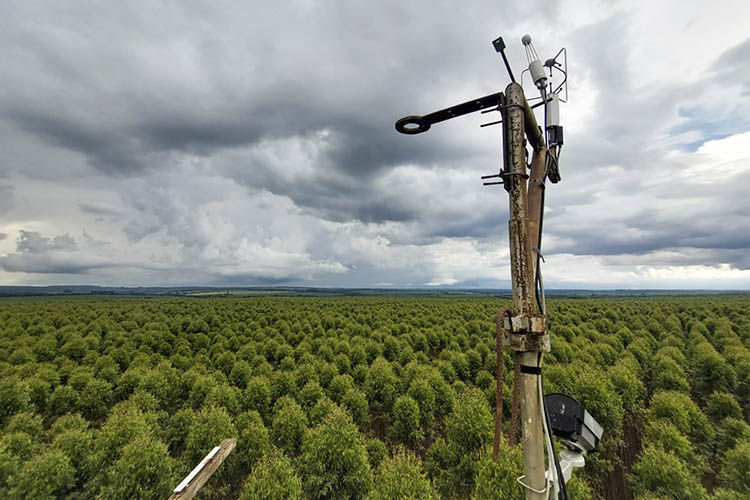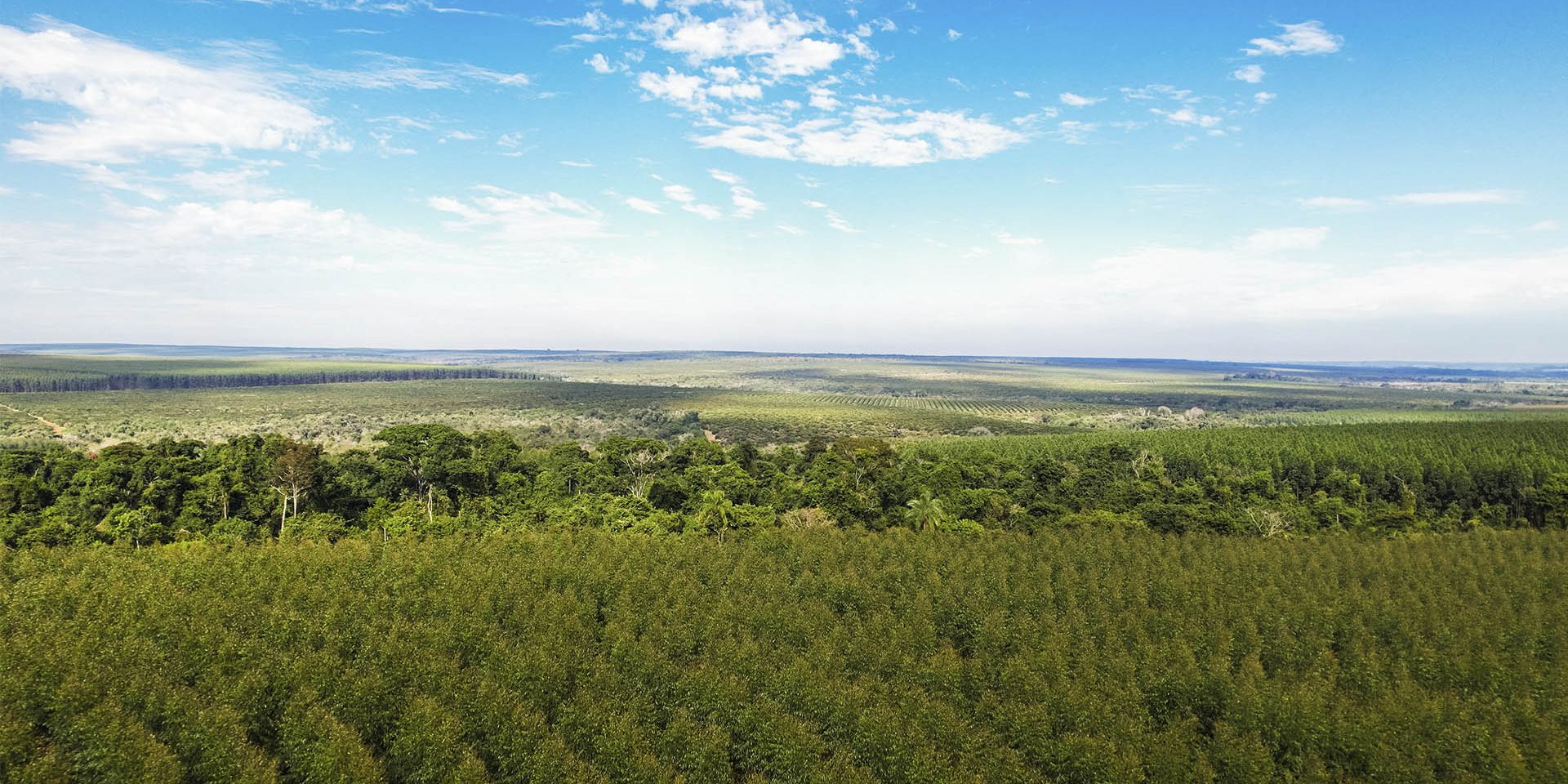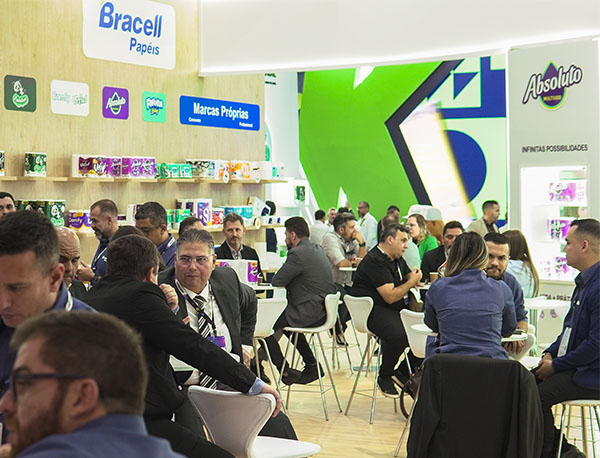The Cooperative Program is led by IPEF ((Institute for Forestry Studies and Research) and CIRAD (International Cooperation Center for Agronomic Research and Development) and includes various affiliated companies from the pulp sector, including Bracell.
Bracell invests in technology and innovation with the aim of enhancing sustainability-focused initiatives. In an area where the company conducts forestry operations in Itatinga (SP), a flux tower is installed to monitor and quantify in detail the inputs and outputs of carbon dioxide (CO2) and water for eucalyptus cultivation.
The tower is part of Eucflux (Cooperative Program on Productivity and Carbon and Water Flows in Eucalyptus), a program led by IPEF (Institute for Forestry Studies and Research) and CIRAD (International Cooperation Center for Agronomic Research and Development) that began in 2008 and includes various affiliated companies from the pulp sector, including Bracell. Additionally, the program also involves institutions like the Federal University of Lavras (UFLA), Unesp and USP/ESALQ.
Geovanni Malatesta Barros, Eco-physiology Researcher at Bracell SP, explains that the data generated by Eucflux enables a better understanding of the dynamics of natural resource utilization, its variation depending on seasonal climate, and how this information can contribute to the sustainability of ecosystems, aiming for better resource utilization and improving the understanding of eucalyptus forest growth.

“Understanding the variation of carbon (CO2) in the area was one of the project’s main results. During the first measurement cycle, the location where the forest was planted acted as a carbon (CO2) emitter only until the seventh month after planting. From that point on, the situation reversed, and it started to capture more carbon than it emitted, resulting in a positive balance of, on average, 1 ton of carbon per hectare per month throughout the entire rotation, from planting to harvesting,” enthuses Geovanni.
The project concluded phase one between 2008 and 2016. It subsequently began phase two, implementing an online data transmission system and continuous maintenance of all high-performance equipment, collecting information at high frequency and without interruption.
The program’s coordinators and scientific leaders, Otávio Camargo Campoe (UFLA), Joannès Guillemot (CIRAD), and Guerric le Maire (CIRAD), state that Bracell’s participation in the program is highly positive as it enhances integration among companies and expands discussions on topics of great importance to the forestry sector, such as carbon sequestration, water use and adaptations of plantations to different environmental conditions.
“Bracell has built the greenest factory, and now we want to show that we have the capacity to implement actions with a positive impact on the climate in our forests as well. That’s why this project is so important; through it we can better understand the dynamics of our forests and propose new actions related to sustainable plantation management,” emphasizes Geovanni.
According to Gabriela Gonçalves Moreira, Research and Development Manager at Bracell SP, adopting practices that maximize positive impacts for the environment is a priority for the company. “We have a commitment to sustainability and carry out innovative actions that ensure continuous improvement in all of our processes, including our forests,” she concluded.



